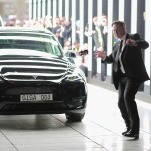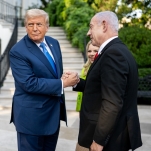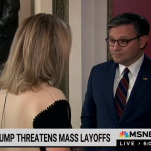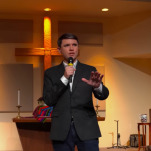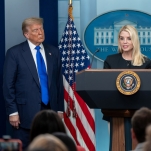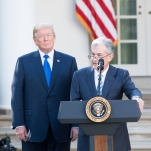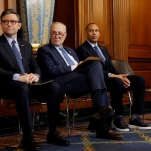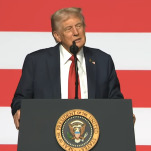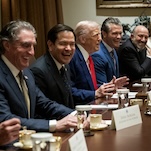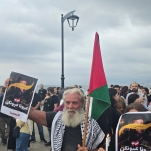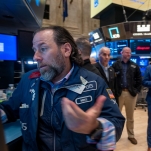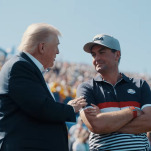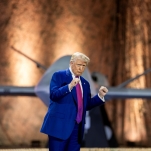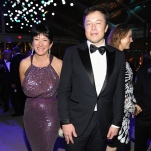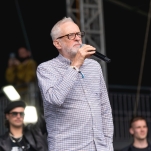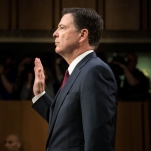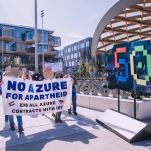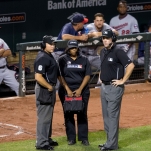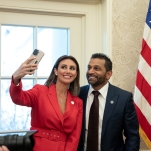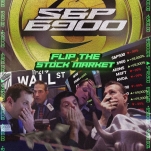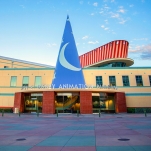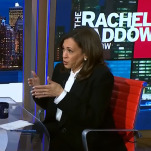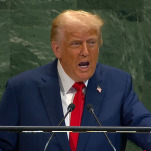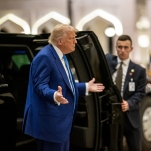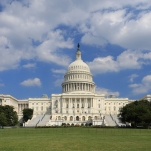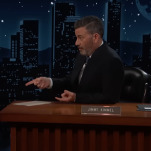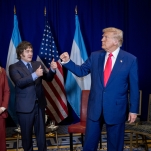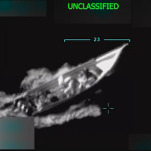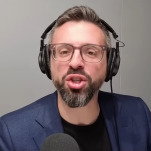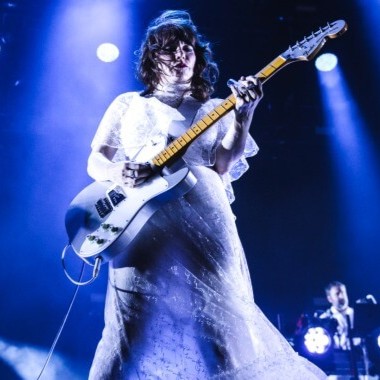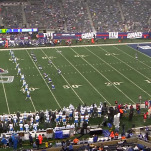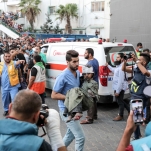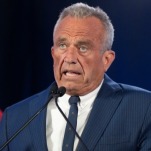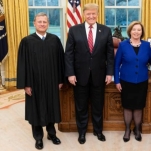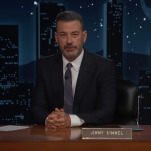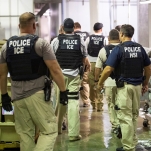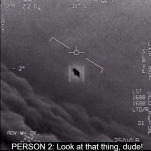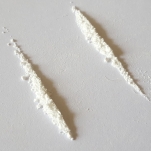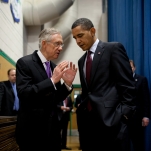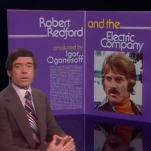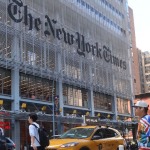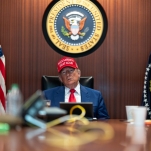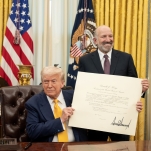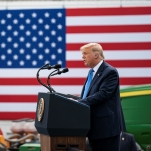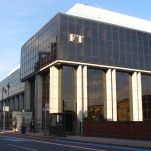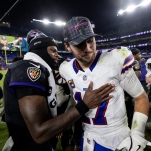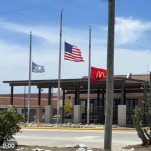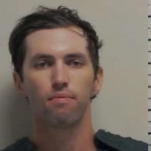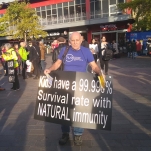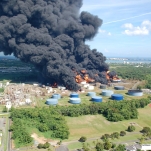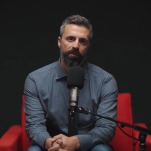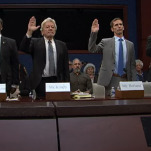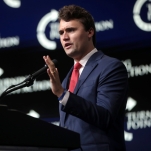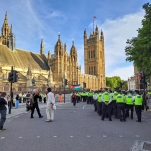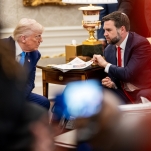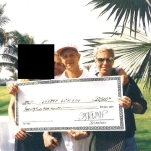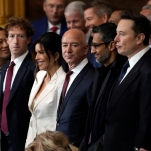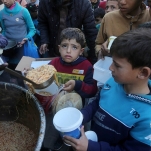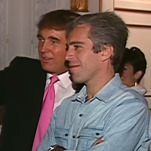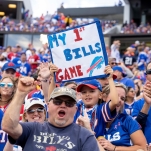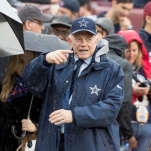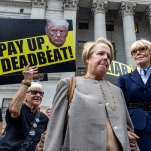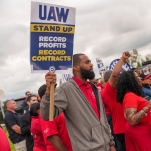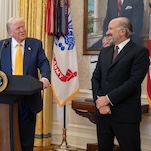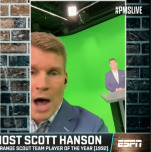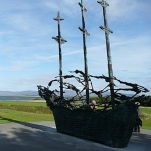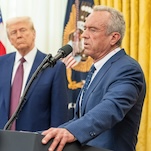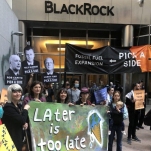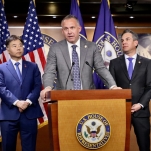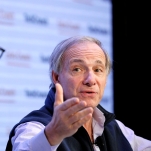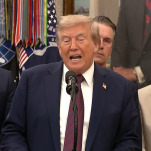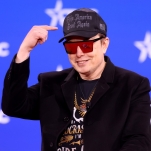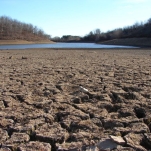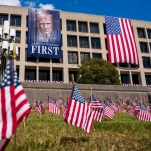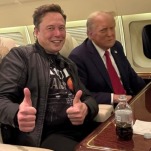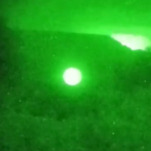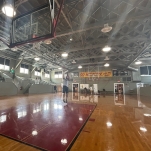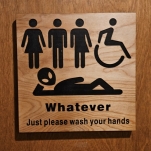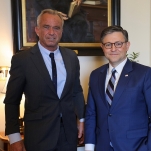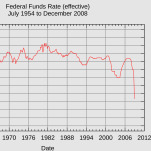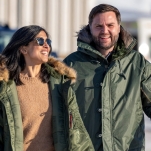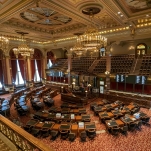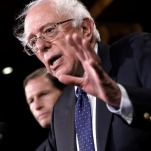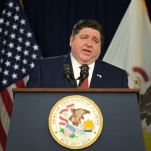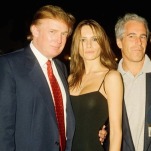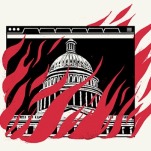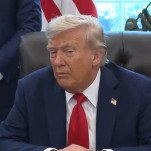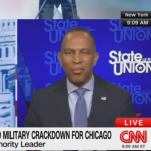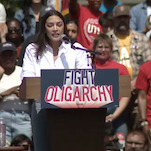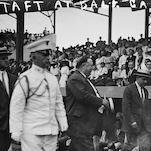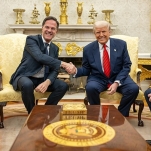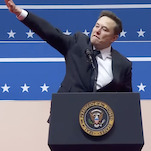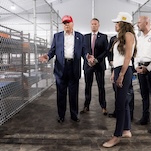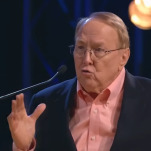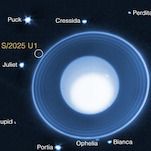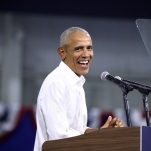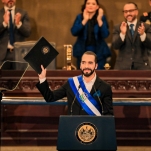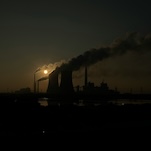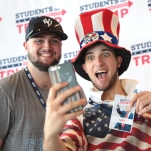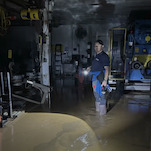Activists Warned of Violence in Charlottesville. The City Didn't Listen.
Anti-racist, anti-fascist activists in Charlottesville saw the events of August 12, as well as the Charlottesville Police Department’s questionable response to them, coming from a mile away. They shared these concerns with City Council during a July 17 meeting, according to reports. Council members say their hands were tied, but many activists who attended that meeting aren’t satisfied.
“The activist community in Charlottesville knew the rally would be an unprecedented storm of violence long before August 12,” says Kimberly Rolla, an attorney with local Legal Aid Justice Center’s Civil Rights and Racial Justice Program who was present on August 12 and at an earlier KKK rally on July 8 as a National Lawyers Guild legal observer. “Activists were receiving death threats. It was like watching a slow-motion train wreck that no one else was watching.”
Charlottesville was the site of two prior white supremacist rallies this summer—one on May 13 and the second on July 8. At the May 13 event, about 60 white nationalists, organized by University of Virginia alum Richard Spencer, held burning tiki torches while chanting “White Lives Matter” and “You will not replace us.” At a vigil the next night, there were violent scuffles and the police got involved, eventually arresting several counter-protestors as well as Jason Kessler, one of the organizers of the August 12 rally, for refusing to obey CPD commands to “leave the area and to stop using a bullhorn to incite others.”
Later that month, the grassroots group Solidarity Cville released a statement saying that they were “worried about the lives of people threatened by Nazis” who “came in droves to hold a recruiting rally and then a torch burning.”
The July 8 rally was an event of the Loyal White Knights of the Ku Klux Klan, headquartered in North Carolina, who were protesting the “ongoing cultural genocide … of white Americans,” according to James Moore, a Klan member. About 1,000 counter-protesters came out for a “Block the KKK Party,” peacefully chanting, “Racists go home!”
Virginia State Police officers “in full riot gear, with multiple armored vehicles, pepper-spray projectile weapons, tear gas canisters, and visible semi-automatic weapons (AR-15)” were present that day, according to videos and a letter prepared by the Legal Aid Justice Center, the ACLU of Virginia, the National Lawyers Guild, and the Rutherford Institute. “The militarized, aggressive law enforcement presence of July 8th escalated tensions of an already volatile situation.”
-

-

-

-

-

-

-

-

-

-

-

-

-

-

-

-

-

-

-

-

-

-

-

-

-

-

-

-

-

-

-

-

-

-

-

-

-

-

-

-

-

-

-

-

-

-

-

-

-

-

-

-

-

-

-

-

-

-

-

-

-

-

-

-

-

-

-

-

-

-

-

-

-

-

-

-

-

-

-

-

-

-

-

-

-

-

-

-

-

-

-

-

-

-

-

-

-

-

-

-

-

-

-

-

-

-

-

-

